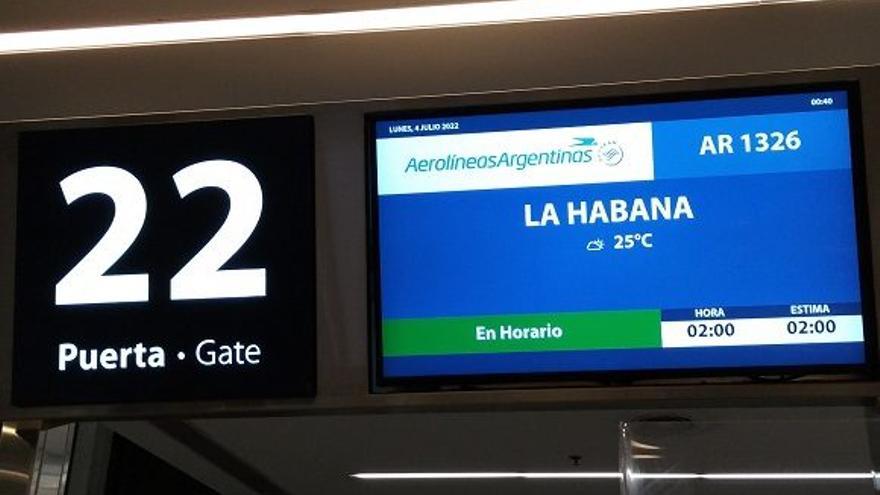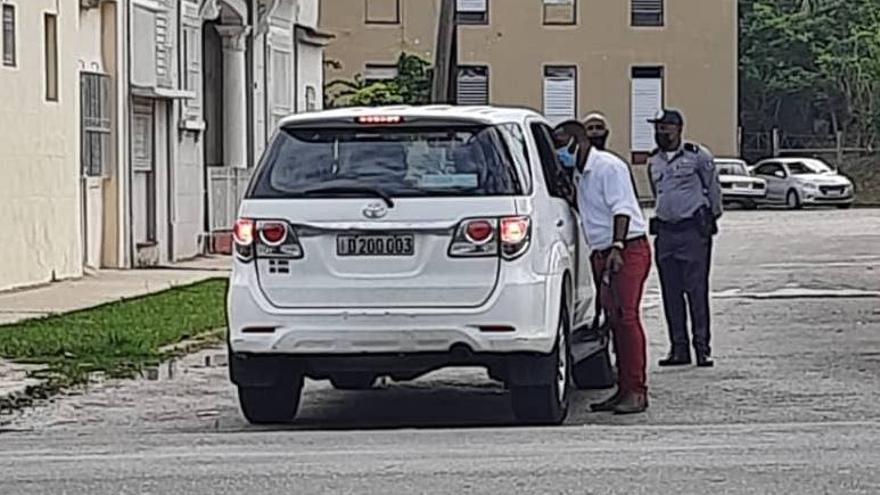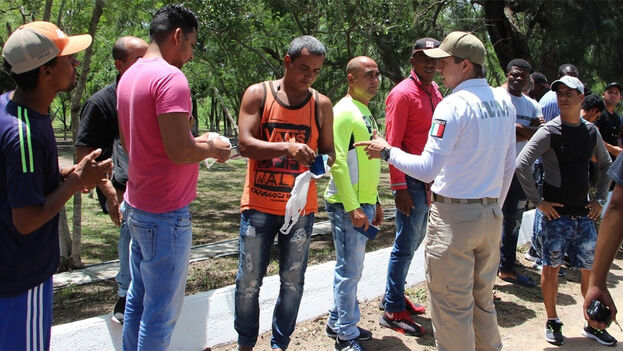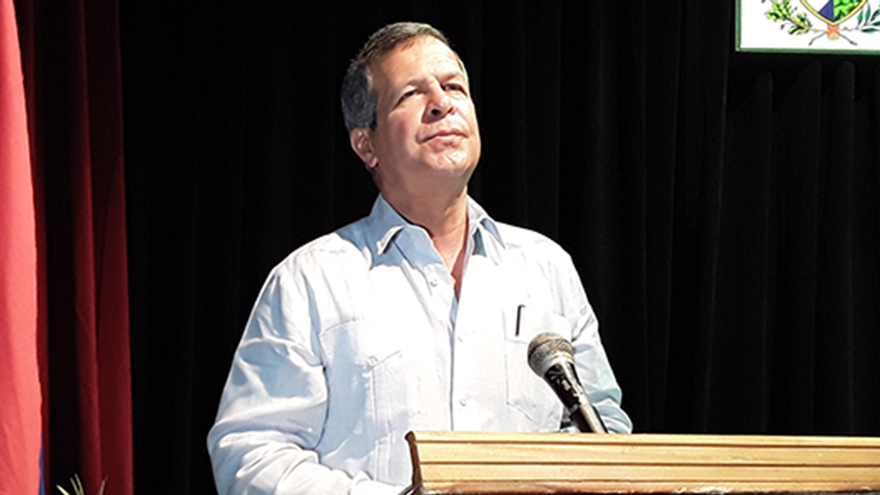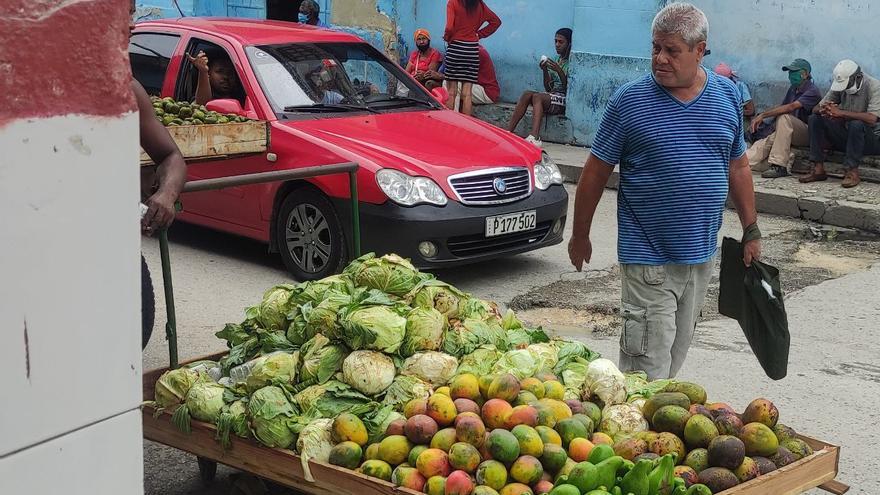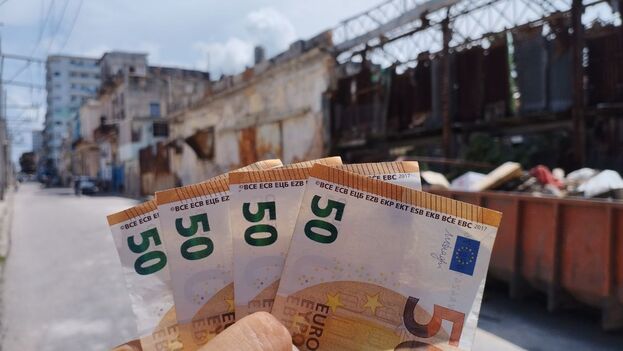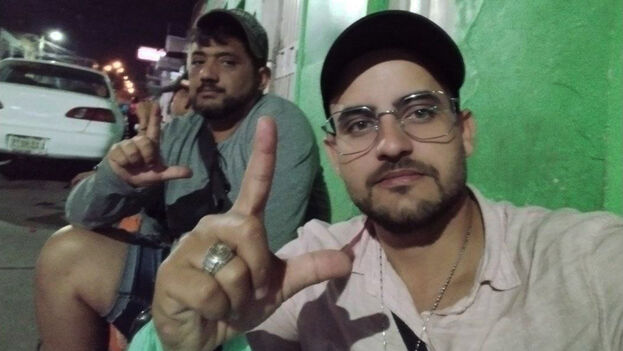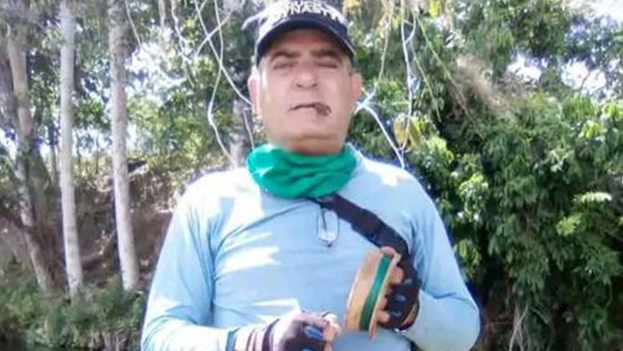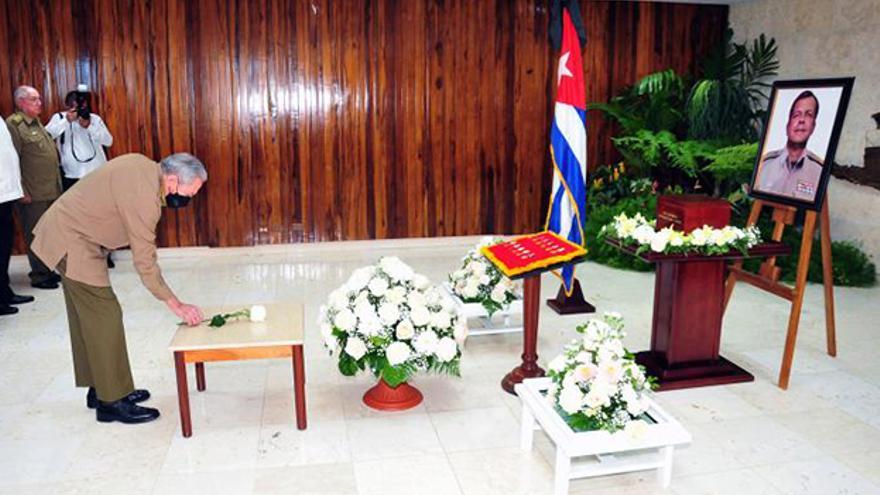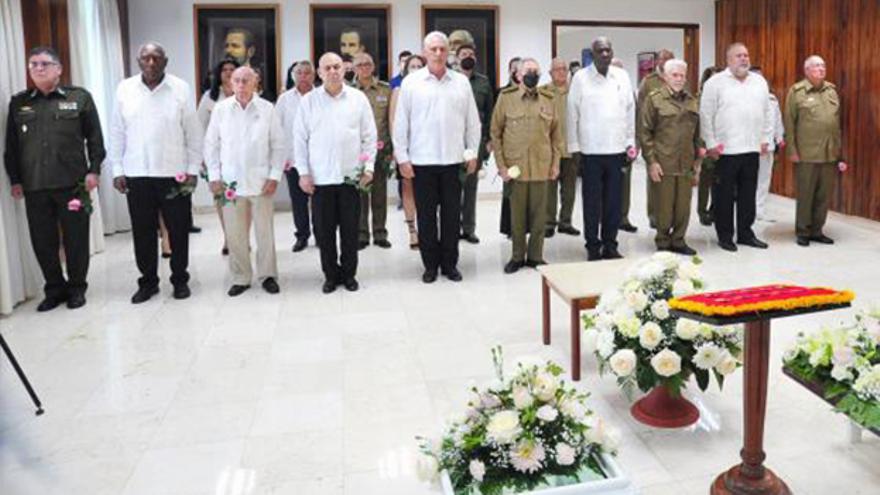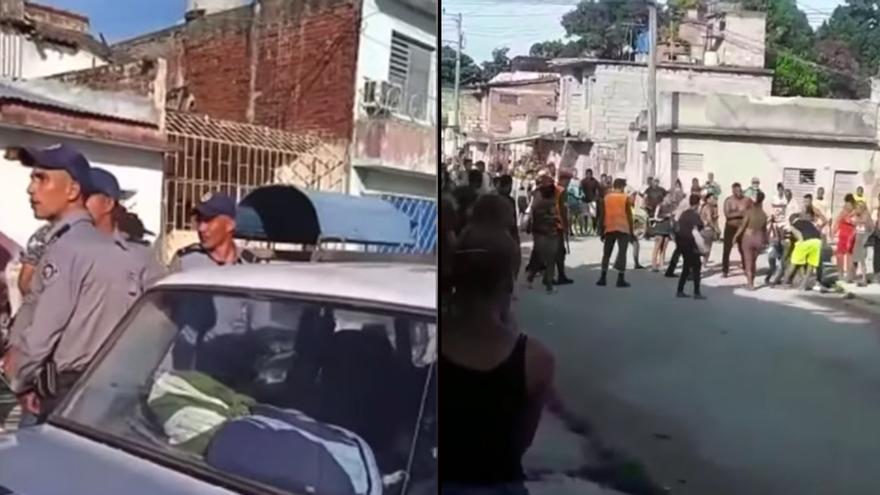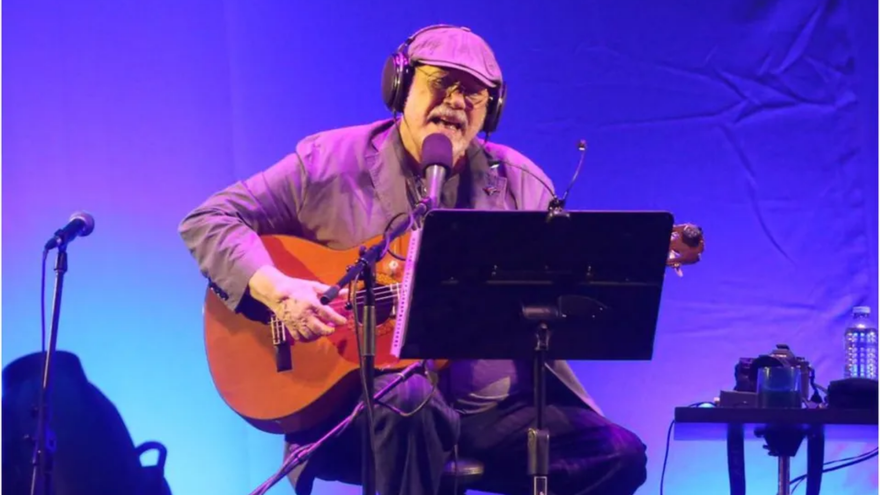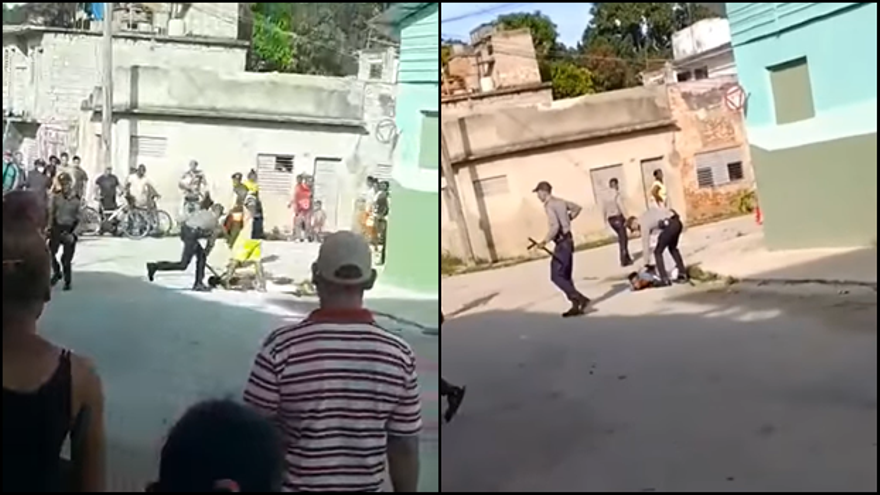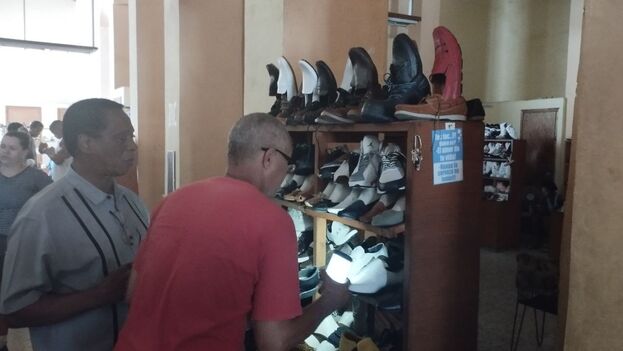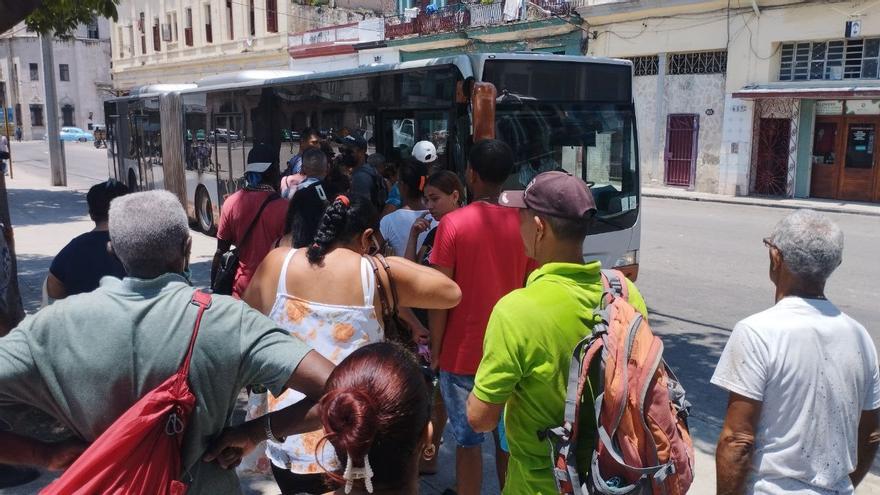
![]() 14ymedio, Juan Diego Rodríguez, Havana, 5 July 2022 — “These buses are not for here, these buses are not for here.” The people of Havana fanned themselves desperately and crowded inside the new vehicles, buses donated by Belgium that arrived in the Cuban capital on June 24 and began operating this Monday.
14ymedio, Juan Diego Rodríguez, Havana, 5 July 2022 — “These buses are not for here, these buses are not for here.” The people of Havana fanned themselves desperately and crowded inside the new vehicles, buses donated by Belgium that arrived in the Cuban capital on June 24 and began operating this Monday.
With a temperature of 89 degrees that became over 100 due to the island’s high humidity, travelers were perplexed by the lack of windows on the buses.
“I stood under the vent to see if I felt any relief, the only way you can feel a breeze is there,” said one of the passengers on route P12 this morning. The transport, as usual, was collapsed and, although rumors circulated from early in the morning of how hot it was inside the new buses, many were forced to get on one of them.
“I already knew this was going to be like this,” said a woman trembling as she fanned herself; despite everything, she got into the vehicle because her trip was “only” two stops.
On the roof of the buses you can see a wide grille through which, apparently, the air should circulate, but the passengers assure that only the sound of what they identified as a turbine was heard there and all that came out of it was a small puff of air. continue reading
Luis Carlos Góngora, vice president of the Provincial Administration Council of Havana, and the Belgian ambassador, Jean-Jaques Bastien, welcomed the 29 vehicles two weeks ago and were photographed next to the flag of the European country.
“We received, at the port of Havana, the solidarity shipment from Brussels Capital of 29 buses that were donated to Havana by that Belgian city. A gesture of solidarity that brings us closer,” the Cuban official wrote on Twitter.
At that time, the authorities of the capital affirmed that the intention was to adapt the buses to the climatic conditions of the country, but everything that the travelers described today was something similar to a weak fan. “Perhaps they removed the air conditioning so as not to consume fuel,” said one, half jokingly, half seriously.
Between complaints and sweats, the passengers still had more in store. A car dragged an electric motorcycle carrying and man and a girl who was badly injured, with a visibly damaged foot. The young woman was transferred in a vehicle that passed through the place to the Calixto García hospital, leaving the passengers with a bad taste in their mouths.
Getting the buses in service, in any case, has taken less time than that of the Japanese buses that arrived on the island in January and took three weeks to join the capital’s bus fleet after many postponements and complaints from a population that no longer knows how to get around in their own city.
____________
COLLABORATE WITH OUR WORK: The 14ymedio team is committed to practicing serious journalism that reflects Cuba’s reality in all its depth. Thank you for joining us on this long journey. We invite you to continue supporting us by becoming a member of 14ymedio now. Together we can continue transforming journalism in Cuba.

